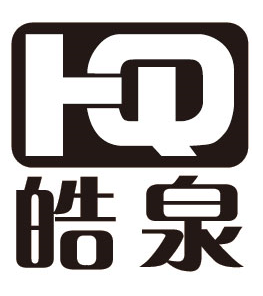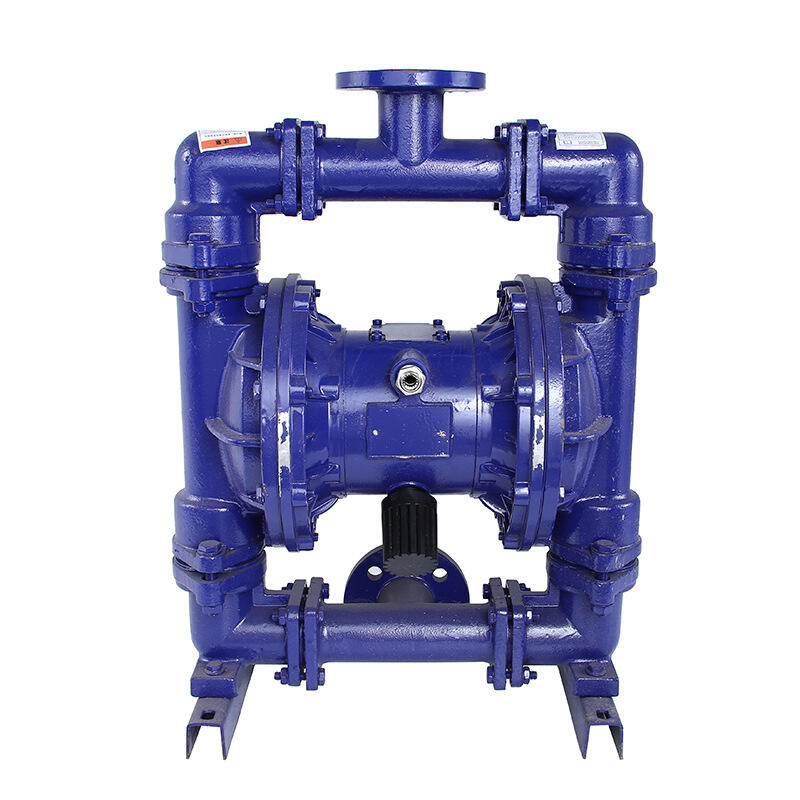Understanding Modern Pneumatic Diaphragm Pump Technology
The industrial landscape is rapidly evolving, and at its heart lies the crucial role of fluid transfer systems. The pneumatic diaphragm pump stands out as a versatile solution that has revolutionized fluid handling across numerous industries. As we approach 2025, these pumps continue to demonstrate their exceptional value in managing challenging materials, from aggressive chemicals to sensitive fluids.
In today's manufacturing environment, selecting the right pneumatic diaphragm pump can mean the difference between optimal operational efficiency and costly downtime. These robust devices utilize compressed air to create reciprocating motion, driving the diaphragms that move fluid through the system. Their simple yet effective design has made them indispensable in applications ranging from chemical processing to food production.
Core Components and Operating Principles
Essential Pump Components
At the heart of every pneumatic diaphragm pump lies a sophisticated array of components working in harmony. The diaphragms, typically constructed from durable materials like PTFE or EPDM, flex alternately to create the pumping action. The air distribution system, consisting of valves and control mechanisms, ensures precise timing of the diaphragm movement. Check valves regulate the fluid flow direction, while the pump housing provides containment and mounting points.
Modern pneumatic diaphragm pump designs incorporate advanced materials and precision engineering to enhance durability and performance. The air chamber design plays a crucial role in efficiency, while the fluid chamber configuration determines handling capabilities and maintenance requirements.
Working Mechanism Explained
The operation of a pneumatic diaphragm pump follows a straightforward yet ingenious principle. Compressed air alternately pressurizes each air chamber, causing the diaphragms to flex. As one diaphragm moves outward, it creates a vacuum that draws fluid into the chamber. Simultaneously, the opposite diaphragm compresses, forcing fluid out through the discharge port.
This reciprocating action continues smoothly, providing consistent flow without the need for complex mechanical drives. The simplicity of this mechanism contributes to the pump's reliability and ease of maintenance, making it a preferred choice in demanding industrial applications.
Selection Criteria for Industrial Applications
Material Compatibility Considerations
When selecting a pneumatic diaphragm pump, material compatibility stands as a primary consideration. The pump's wetted parts must withstand the chemical properties of the fluid being transferred. Modern manufacturers offer various material options, including polypropylene for general chemicals, PVDF for aggressive acids, and stainless steel for food-grade applications.
The diaphragm material itself requires careful consideration, as it directly contacts both the fluid and the air supply. Advanced elastomers and thermoplastics provide extended service life and broad chemical compatibility, ensuring reliable operation in diverse applications.
Performance Requirements Assessment
Understanding the specific performance requirements is crucial for optimal pump selection. Flow rate, discharge pressure, and suction lift capabilities must align with the application demands. The pneumatic diaphragm pump's air consumption rate affects operational costs, making efficiency a key factor in the selection process.
Modern designs offer various port sizes and configurations to accommodate different flow requirements. The ability to handle solids, viscous materials, and shear-sensitive products further influences the selection process, ensuring the chosen pump meets all operational parameters.
Maintenance and Optimization Strategies
Preventive Maintenance Protocols
Implementing effective maintenance protocols extends the service life of pneumatic diaphragm pumps while ensuring consistent performance. Regular inspection of diaphragms, check valves, and air distribution systems helps identify potential issues before they lead to failures. Maintaining proper air supply quality, including adequate filtration and lubrication, protects internal components from premature wear.
Documentation of maintenance activities and performance trends enables predictive maintenance strategies, reducing unexpected downtime and optimizing maintenance schedules. Training operators in basic troubleshooting and maintenance procedures further enhances system reliability.
Performance Optimization Techniques
Optimizing pneumatic diaphragm pump performance involves fine-tuning various operational parameters. Air pressure adjustment affects both flow rate and efficiency, requiring careful balance for optimal results. Proper sizing of air supply lines and regulators ensures consistent operation under varying conditions.
Modern monitoring systems provide valuable data for performance optimization, allowing operators to adjust settings based on actual operating conditions. Integration with plant control systems enables automated adjustment and monitoring, maximizing efficiency while maintaining process control.
Future Trends and Innovations
Smart Technology Integration
The future of pneumatic diaphragm pump technology lies in smart integration and connectivity. Advanced sensors and monitoring systems provide real-time performance data, enabling predictive maintenance and automated optimization. Internet of Things (IoT) connectivity allows remote monitoring and control, improving operational efficiency and reducing maintenance costs.
Emerging technologies in materials science and manufacturing processes continue to enhance pump durability and performance. Smart control systems optimize air consumption and flow rates, reducing energy costs while maintaining precise process control.
Sustainability Improvements
Environmental considerations drive innovation in pneumatic diaphragm pump design. Manufacturers focus on reducing air consumption and improving energy efficiency through advanced air valve designs and optimized flow paths. Sustainable materials and manufacturing processes minimize environmental impact while maintaining performance standards.
The development of eco-friendly materials for diaphragms and seals addresses environmental concerns while extending service life. Integration with renewable energy systems and smart grid technologies further enhances sustainability in industrial applications.
Frequently Asked Questions
What makes pneumatic diaphragm pumps suitable for handling sensitive materials?
Pneumatic diaphragm pumps excel with sensitive materials due to their gentle pumping action and lack of rotating components. The air-operated mechanism minimizes product shear and maintains material integrity, making them ideal for applications involving delicate or easily damaged substances.
How do environmental conditions affect pump performance?
Environmental factors such as temperature, humidity, and altitude can impact pneumatic diaphragm pump performance. Proper selection of materials and configurations, along with appropriate maintenance protocols, ensures reliable operation across various environmental conditions.
What are the key factors in maximizing pump efficiency?
Maximizing pneumatic diaphragm pump efficiency involves optimizing air pressure settings, ensuring proper installation and sizing, maintaining clean air supply, and implementing regular maintenance schedules. Monitoring system performance and making timely adjustments based on operational data also contributes to optimal efficiency.

